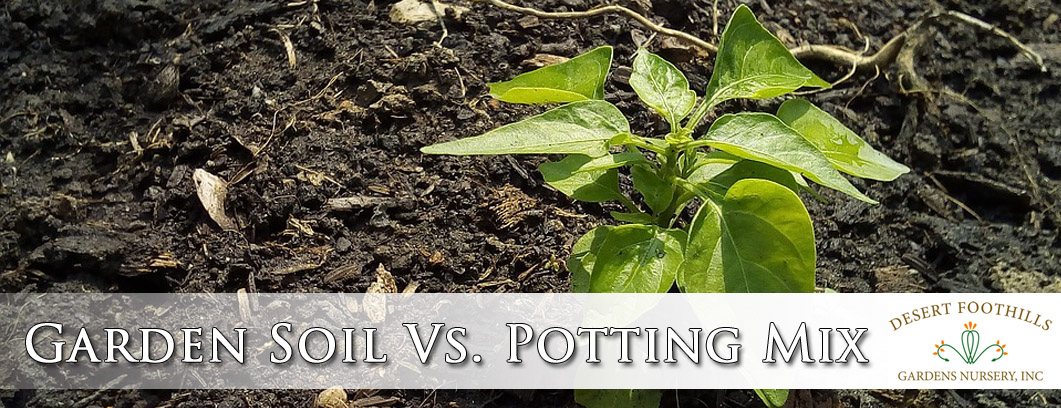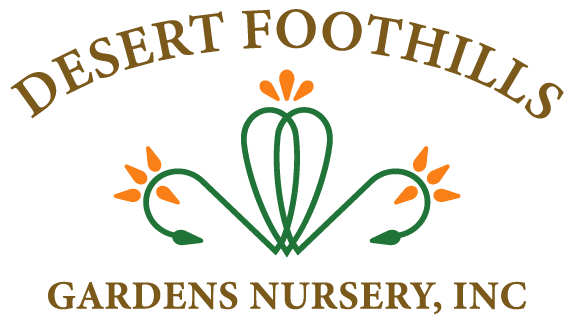Garden Soil Vs. Potting Mix | Differences

For a lot of gardeners they had to learn the advantages are for garden soil vs. potting mix. Depending on the application with consideration of the nutrient retention and moisture of the soil, then you will want one over the other. Being able to know that different types of soil can mean a big difference in having a satisfying and successful gardening season and simply wasting effort and time trying to cultivate the ground that just won’t reward your efforts with a good garden.
Potting Soil
Potting mix is manufactured and it doesn’t actually contain much organic material. The biggest feature of potting mix is that it can retain moisture in a container that has several plants. Although, as time goes on the mix can become dry and will repel water with age. Whenever this happens, topping the potting mix with organic material is needed to keep your potted plants thriving.
Gardening Soils
Garden soil usually come in 50/50 mixes. These are great for open beds instead of pots. This is because these types of soil will retain too much moisture when in an enclosed container unlike being exposed to the open. Garden soil also has a tendency to pull away from the containers when it dries out. There are even some soils that have clay in them that is too heavy for a pot and will compact and settle like concrete.
Loam vs. top soil
Top soil is the highest layer of soil and it can be 12 inches deep. Relying on what organic matter lands on the top soil can really vary between being worth nothing and nutrient rich. Also relying on the area will depend on if there is silt, clay or sand in the soil. Additionally, depending on your area and previous owners it may also contain chemicals such as pesticides.
Loam is soil that has silt, clay, and sand evenly distributed in it. Normally loam will contain 50% sand, 7-20% clay and 30-40% silt. When people state that they are selling loam, it is vital to know that calling it loam doesn’t state the organic material but that it has various soil types in it.
It is quite easy to confuse loam and top soil because you could have loam in your yard. To remember them top soil is the location of the soil and loam is the quality of the soil being a balance of various soil types.
Whenever you purchase top soil, a good rule is to pay attention to the type of top soil that you are being offered. It could be just regular top soil or loam top soil. You may judge it yourself and what you should look for is the soil to be crumbly not gritty or sticky. It needs to be firm enough to roll between your hands when wet.
Garden soil types
There are 6 types of soils that you may find. They way that you group them in your garden will depend on what you have in your soil the most.
Clay Soil
Clay soils will have over 25% clay. It is also called heavy soil. Despite that it is high in nutrients, it has a tendency to retain a lot of water. This means that it takes much longer to drain and a lot longer to warm up unlike sand. During the summer the soil may get so dry that it cracks. During wet months it can be easily compacted if walked on when wet. This is a challenging type of soil to grow in, but with the right plants and some patience its rewarding.
Chalky Soil
Chalky soil has larger grained and will have a stonier consistency unlike other soils. This soil is free draining and will sit over limestone or chalk bedrock. It has high alkalinity can lead to stunted growth and yellow leaves. This can be fixed by adding fertilizer to fix the pH and adding humus to fix the quick drain and improve the workability.
Sandy Soil
Sandy soils will have mostly sand in the soil. It is known as light soil. During rain storms or watering, it will drain quickly and will be easy to cultivate and work. During the morning and spring they will warm up quickly than clay. It doesn’t really hold nutrients and it dries quickly. It also has high acid levels.
Silt Soil
Silt soil is in between clay and sand soil. It has a mineral origin of quartz and feldspar. It is mainly found in places where rivers and lakes had existed. It is considered to be the most fertile soil. It drains better than clay but has enough moisture to support plant growth.
This is great for perennials, grass, climbers and shrubs. Trees such as Dogwood, Willows, Birch, and Cypress love this soil because of the moisture. It is also good for vegetable and fruit crops if there is enough drainage.
Loam Soil
Loam soils is a combination of multiple soil types and avoids the extremes of sandy and clay soils while being quite fertile. Loams are easy to work and will drain well. There are sandy-loam and clay-loam variants depending on the characteristics.
This soil is great for most berry and vegetable crops. It can also grow shrubs, perennials, bamboo and much more. This is a great option for a serious gardener. It does take a bit to maintain it by rotating crops and maintain the moisture, especially during dry and hot months.
Peat Soil
Peat soils are mainly made of organic matter and are quite fertile and will hold plenty of moisture. However, you will rarely find it in gardens. Peat soil is considered peat soil when it has over 30% organic matter or dry mass that has gathered and composted on the surface. It is basically a mix of decomposed plant material that has decayed in an oxygen free and water saturated environment.
This is great soil for root crops that need well drained soils to thrive. You can have a lot of success with growing things such as lantern trees, witch hazel, heather and camellia. When it comes to vegetables that absolutely love this soil, you will find root crops, legumes, and some salad type crops really excel within this soil.
Phoenix Valley Nursery & Gardening Center
If you are looking for wide selection of soils or potting mix along with healthy plants to buy from a nursery Desert Foothill Gardens is the place for expert advice, the best plants, and landscaping design. Stop by to talk about what you want to grow and we will help you find the right soil and the right location to plant your new plants.

